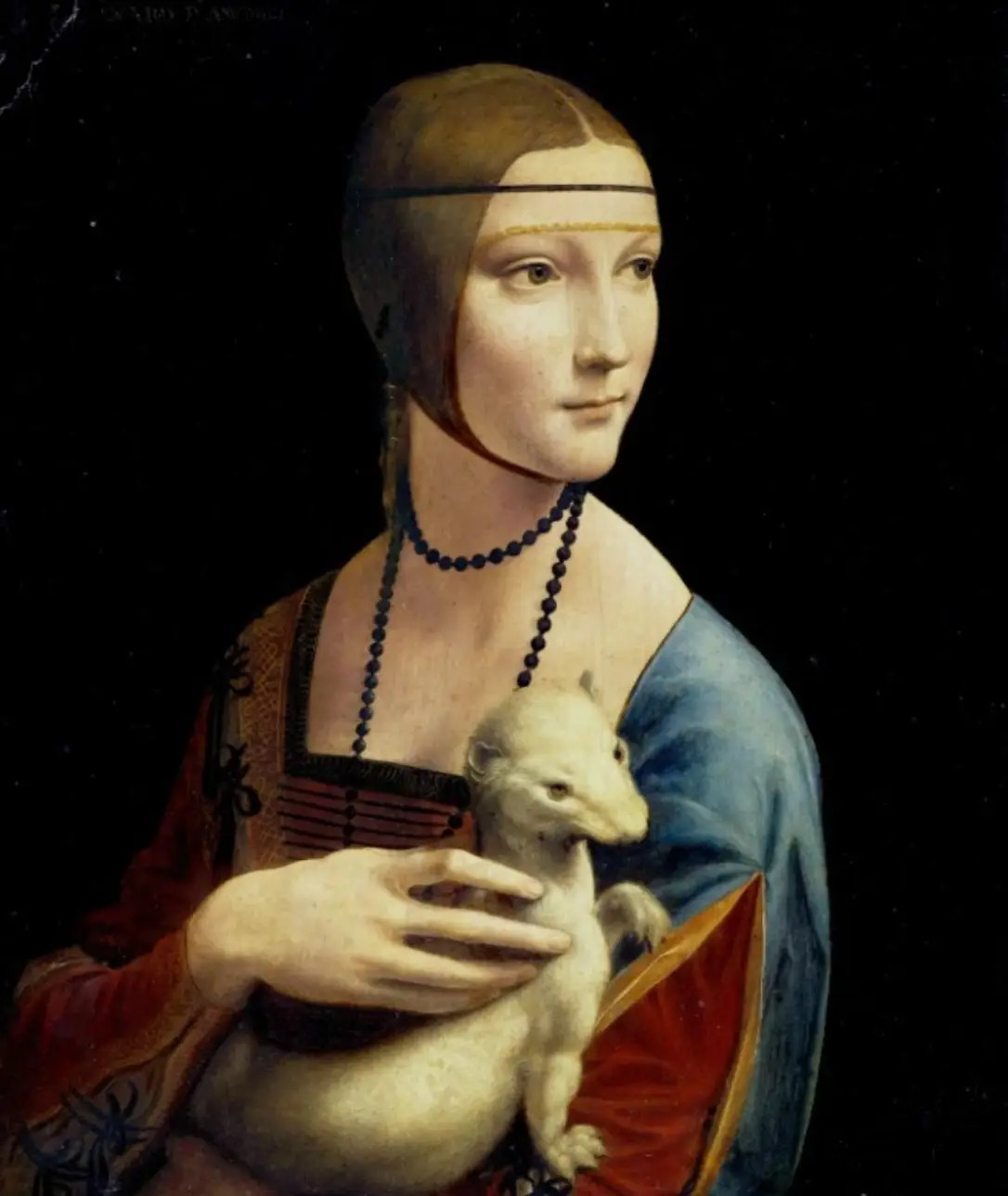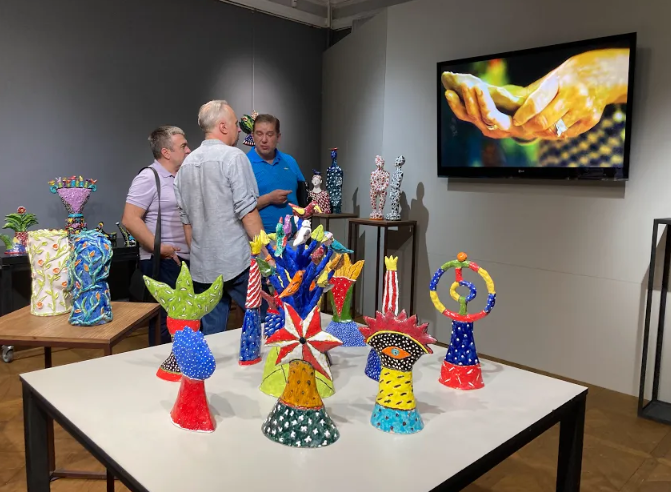The Lady with the ermine smelled citrus fruit
The Czartoryski Museum in Krakow, in collaboration with scientists from Slovenia, has unveiled the scent of “Lady with an Ermine,” one of Leonardo da Vinci’s most famous works. The unique fragrance has been encapsulated in a marker. What does it smell like? “Pleasant, complex, with citrus notes.”
The scent of the painting was studied by specialists from Krakow and Ljubljana, who took odor samples directly from the painting using special equipment. The result of their work, encapsulated in a marker, allows people to experience the scent of this famous piece.
“‘Lady with an Ermine’ definitely smells of the walnut board it was painted on and the paints used, such as oil and tempera, but it’s also covered with varnish. There are traces of repainting, so everything is accumulated. For me, the dominant pleasant scent is citrus,” she said in a press release.
The initiative is part of the international Odotheka project, which aims to create a “library” of scents associated with historical objects. The project began in late 2021 with the goal of enriching the museum experience and making it accessible to people with visual impairments. The scent of “Lady with an Ermine” is the first to be studied and preserved within this initiative, according to well.pl.
The painting “Lady with an Ermine,” also known as “Lady with an Ermine,” was created in 1489-1490 and depicts Cecilia Gallerani, the young lover of Ludovico Sforza, Duke of Milan. The painting is currently housed in the Czartoryski Museum in Krakow, displayed in a special showcase.
Elżbieta Ziger, the chief conservator of the National Museum in Krakow, describes the scent as “pleasant, complex,” with citrus notes and unknown aromas that create a unique composition reflecting the painting’s history.
The project organizers plan to conduct olfactory tests with a group of visitors to the Czartoryski Museum. The survey of visitors will last several days and will help decide if the scent will be made available to the general public.
Due to the need to protect the painting, the scent cannot be sprayed in the exhibition space, so it was decided to encapsulate it in a marker.
The project is expected to be completed in 2025, and its results could radically change the museum experience worldwide. Additionally, the scents of nine more items, including works by Stanisław Wyspiański, Olga Boznańska, and Alina Szapocznikow, are planned to be studied.






